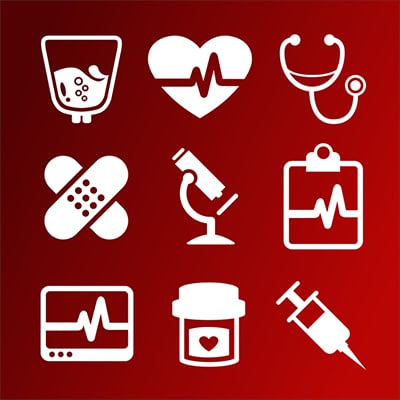 CPR in GP practices
CPR in GP practices
One of the CQCs latest mythbusters is about Cardiopulmonary resuscitation (CPR) in GP practices. The mythbuster looks at the equipment required for CPR in GP practices, including for paediatric use, and what the required staff training should be. Ideally there should be a named resuscitation lead in GP practices to ensure the practice has access to resuscitation advice, training and practice, quality standards are maintained, and there are basic checks of equipment. Hopefully this situation doesn’t happen very often in Practices but when it does it can be very daunting for those involved, particularly if they have never experienced an emergency situation before.
Trained Staff
The Resuscitation Council UK states ‘Healthcare organisations have an obligation to provide a high-quality resuscitation service, and to ensure that staff are trained and updated regularly to a level of proficiency appropriate to each individual’s expected role. The word ‘regularly’ can mean anything period really but all staff, including non-clinical, are expected to undergo regular training in adult and child resuscitation appropriate to their position. For example, clinical staff should be able to recognise cardiorespiratory arrest, call for help and start CPR with defibrillation as appropriate, and receive annual training updates. A lot of basic life support training often includes anaphylaxis awareness training too.
Emergency Equipment
As part of a CQC visit the inspection team will check the emergency equipment to ensure that the following items. Although it will vary from Practice to Practice the following items should be available at all sites:
- Protective equipment e.g. gloves, aprons, eye protection;
- Pocket face mask, with oxygen port;
- Oxygen cylinder and oxygen tubing;
- Automated external defibrillator (AED):
- Preferably with facilities for paediatric use as well as use in adults.
- Adhesive defibrillator pads – spare set also recommended;
- Razor;
- Stethoscope;
- Absorbent towel – to dry chest if necessary.
The CQC mythbuster has a link to the Resuscitation Council UK website which gives a minimum equipment and drug lists for cardiopulmonary resuscitation in Primary care.
Practice, practice, practice
There’s nothing like an unexpected medical emergency to get the adrenaline pumping so it’s advisable to practice these scenarios at least a couple of times a year so that staff can feel less anxious if and when an incident does occur. It could be timed to coincide in the same week or month as the Practice’s bi-annual fire drill so that it doesn’t get forgotten. Don’t forget to document who was involved and any learning outcomes.
Links
CQC Mythbusters: http://www.cqc.org.uk/content/nigels-surgery-73-cardiopulmonary-resuscitation-cpr-gp-practices
Resuscitation Council (UK): https://www.resus.org.uk/quality-standards/primary-care-equipment-and-drug-lists/#risk







